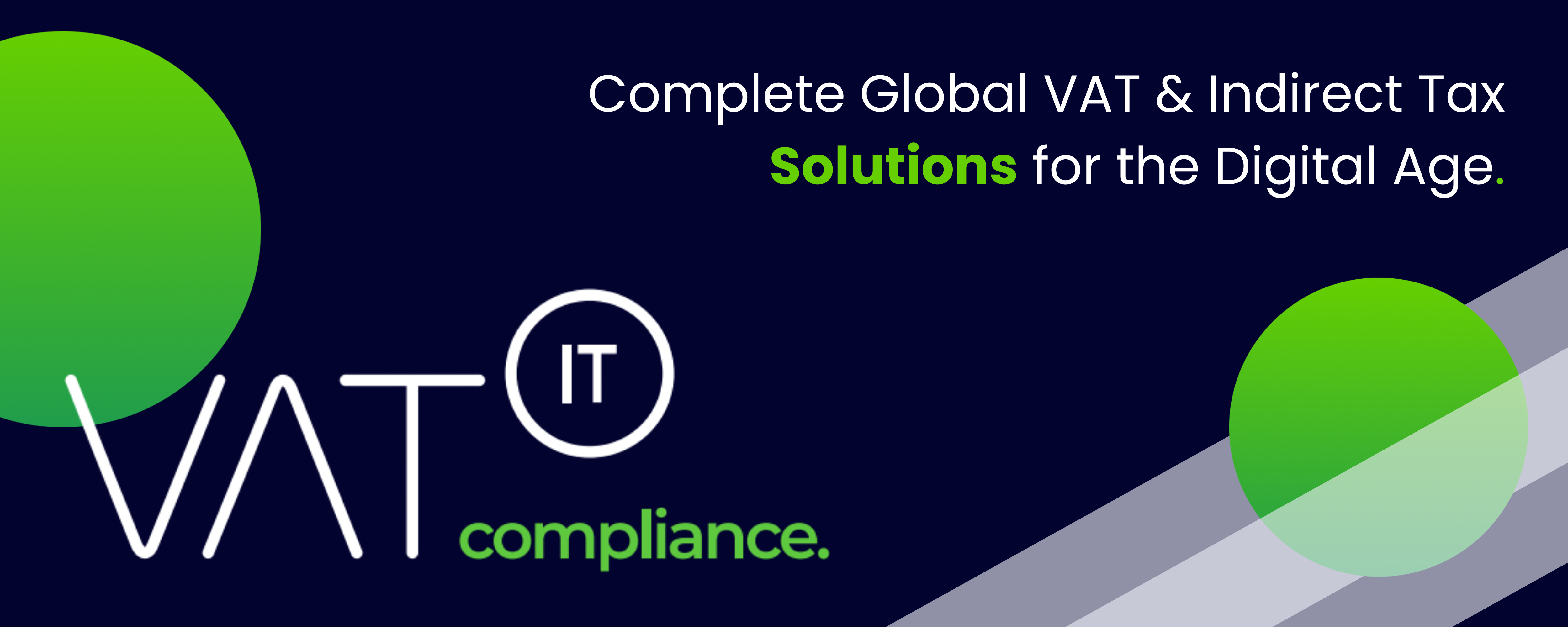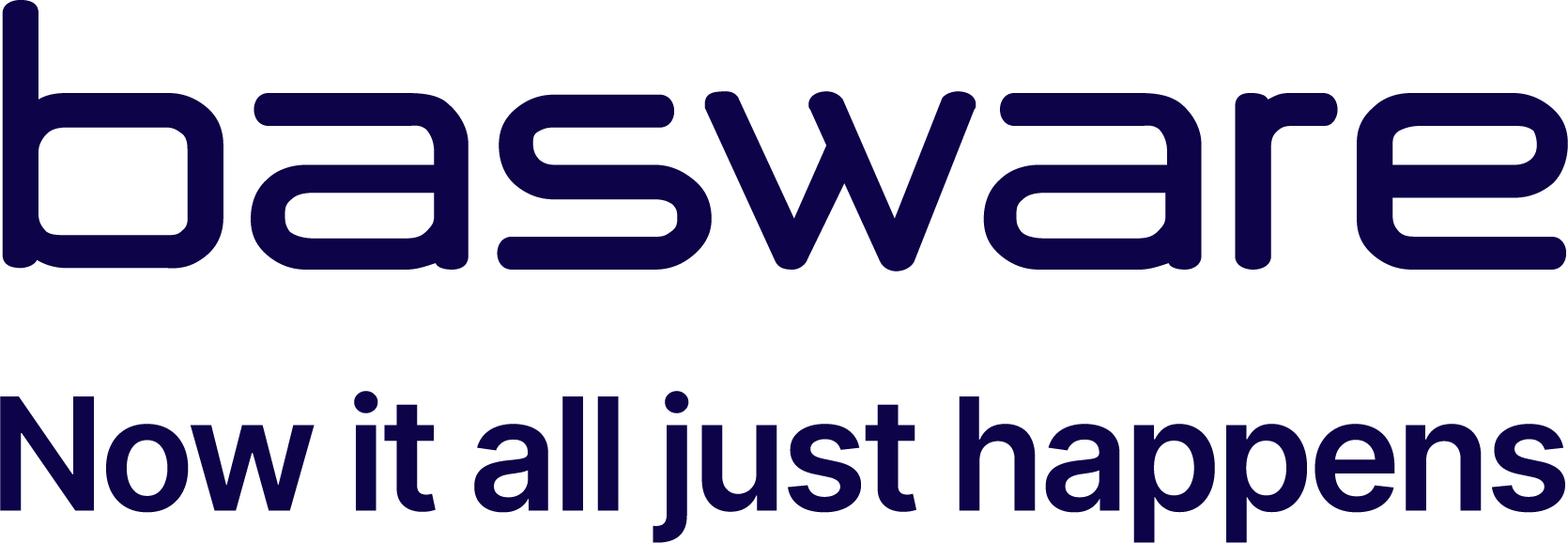The delivery of a dosage form is taxed with 21%, because a dosage form is not a publication (which appears periodically at least three times a year and of which the content is the same for every customer).
Expenses that appear periodically at least three times a year are taxed with 9% VAT. The content of each publication must then be the same for every customer.
A dosing calendar contains information about the daily dose of medication that a thrombosis patient will need for the next 2 to 3 weeks. The dosing calendar is printed by an entrepreneur in a dosing letter and sent to the patient in question periodically by order of the thrombosis services.
Each dosing letter contains personal information and therefore differs per customer. The delivery of the dosage letters to the thrombosis services is therefore taxed with 21% VAT.
Sources:
Latest Posts in "Netherlands"
- Thrift Shops Return to Court to Challenge VAT on Second-Hand Goods
- E-invoicing and Digital Reporting for Cross-border Transactions Starting July 2030
- Amendment to VAT Assessment Decision on Tank Cards and Interest Charges
- Thrift Shops Return to Court Over VAT Collection Dispute
- Customs Court Rules Doctor Role Play Set as Toys, Not Clothing















